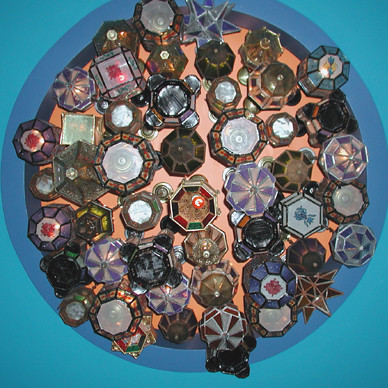interesting interview with the CEO of Flickr. 1001 gets some props, as it should, as does the squared circle group.
O'Reilly Network: Stewart Butterfield on Flickr:
The complaint that it's uncontrolled and it's not going to be captured in a consistent way to me is really irrelevant. Because tags are first and foremost for people to organize their own photos--and if they weren't, it wouldn't work. It's a happy accident that the whole global collection emerges. And let's say it's only 50 percent accurate and complete and let's say right now we have 10,000 photos tagged “Italy;” it might actually be 20,000 photos that should have been tagged “Italy,” but who cares? No one is going to look at all 10,000 photos, let alone 20,000 photos. And in six months, it will be 50,000 photos instead of 100,000 photos.
Now there are some things that will annoy people, like singular versus plural forms, homonyms and homographs, and alternative spellings. But a lot of this is easy to deal with when you have enough data. In general, disambiguation is a harder problem.
We've done step one of relatedness of tags, which is just cluster analysis of how people tag, and then we suggest related tags. So if you tag “Italy,” it will suggest “Rome,” “architecture,” “travel,” “food,” “Europe,” etc. And it works astoundingly well. People usually think there's a human editor, but it's just cluster analysis. And there is a lot more of that coming--some of which we're hoping to show at the 2005 [ETech] conference.
Read more
I totally agree with this point as a former Ofoto/Snapfish user:
Koman: In the write-up for your web services session at ETech, you say, “Capturing the creative energy of the hive can be scary. It requires giving up some control, and eliminating lock-in as a strategy.” Tell me some more about that.Butterfield: Ofoto is a pretty good example. I don't want to pick on them too much, but they create a pretty artificial kind of lock-in. When you upload your pictures to them, you might upload a three- or four-megapixel image, but all you can get back from them is a 600-pixel image; if you want to get the original back, you have to buy it on a CD. There's no way to get it out because if you got it out, then your friends and family could get it out and print it out at home, and they're in competition with Lexmark and HP as well as the other online photo services. So that's one aspect of it.
these are my submissions to thesquared circle, so far. I have a couple of others I might submit; and am now looking everywhere to find circles.

this one actually got rejected for not being circular enough.


